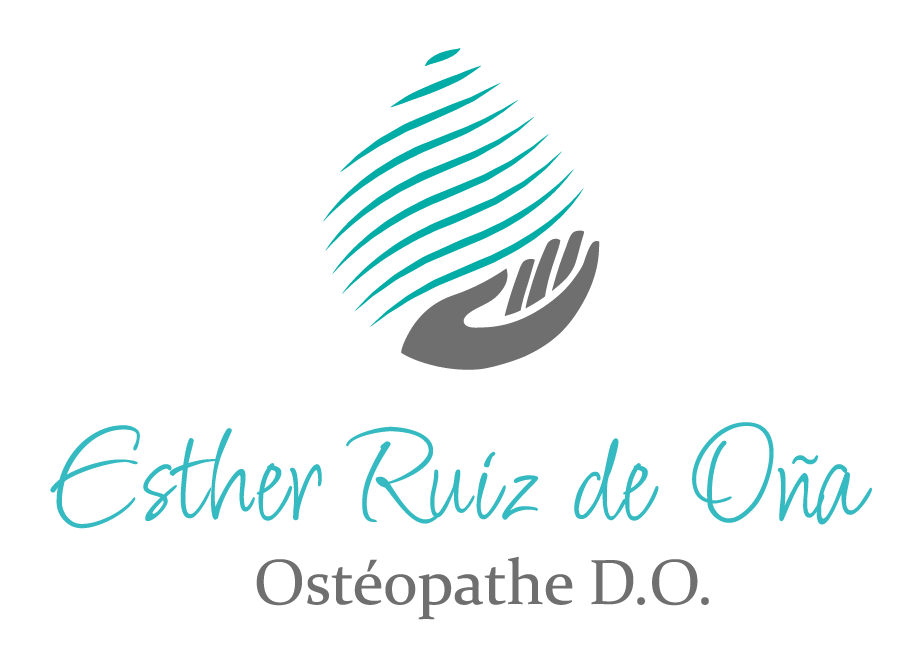- The physiotherapist focuses on treating the injured area or region, while the osteopath approaches the body holistically with the goal of finding the origin or cause of the injury.
- In addition, while the osteopath uses only his hands as a working tool, the physiotherapist, in addition to his hands, uses different electrotherapy devices.
FAQ
Technical Questions
What is the difference between physiotherapy and osteopathy?
Osteopathy vs. Chiropractic : What's the Difference?
- OSTEOPATHY relies on hand contact for diagnosis and treatment.
- It involves the relationship between body, mind and spirit.
- It focuses on the structural and functional integrity of the organism and its internal tendency to self-regulate and self-heal.
- It seeks to restore the damaged or altered function of the components related to the somatic system, bone, joint, myofascial structures, vascular, lymphatic, visceral, neural and emotional elements.
- CHIROPRACTIC is the health profession that deals with the diagnosis, care and prevention of disorders of the musculoskeletal system, and the effects of these disorders on the function of the nervous system and on health in general.
What happens to the body after an osteopathic session?
- It is very common to feel tired or without energy right after an osteopathic treatment.
- Many patients experience stiffness or some discomfort in other areas of the body.
- The reason is that the body adapts to its new balance and requests other parts of the body to maintain it. This requires its own energy to do so.
- So, physical rest is recommended after a session to let the body do its work.
Administrative-Information Questions
Processing of the medical prescription to the CNS and time of completion of the 8 sessions of physiotherapy.
- The STANDARD PRESCRIPTION through the CNS is 8 sessions of 30 minutes each.
- The time required to send it to the CNS for authorization is ONE MONTH from the date indicated in the medical prescription.
- The deadline for the completion of the 8 sessions is 3 MONTHS from the date indicated on the prescription.
How payment works with prescription and private mutual insurance companies.
- Payment through CNS is made at the end of the 8-session treatment.
- The patient pays 30% of the total invoice. The rest 70% is reimbursed by the CNS to the cabinet.
- If the patient attends the consultation through a private mutual insurance company or through the European institutions, payment must be made after the session, and the patient will receive an invoice so that his or her insurance company can reimburse the invoice.
Is Osteopathy reimbursed by the CNS?
- Osteopathy is recognized by the Ministry of Education in the Grand Duchy of Luxembourg, unlike in other countries such as Spain.
- But it is still a discipline that is not reimbursed by the CNS.
- The patient who has a private or mutual insurance can normally benefit from the reimbursement of the osteopathy session up to 80%.



